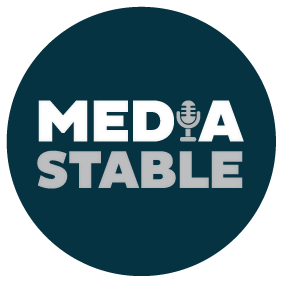Five COVID-19-fuelled communication trends that must stop in 2021
What a year 2020 was. A very unusual time that will be remembered for lockdowns, panic buying, sanitiser and the ‘latest health advice’.
When we are faced with adversity and challenges, business leaders need to change with the conditions and circumstances they face.
Traditional business communications were pretty much thrown out the door in March last year, with no way of travelling, meeting or congregating in person.
We’ve adapted to the times, and while some of these changes will be healthy and fruitful, it pays to review our new communication methods as we return to work in 2021.
Here are the five communication trends from 2020 that need to stop in 2021.
1. Working in LinkedIn pods
A LinkedIn pod is where a group of people come together to support each other on their posts on LinkedIn, creating the illusion they are very popular and influential.
While it might create the illusion of support, the contributions are fake and predictable and the post and pod participants get a reputation for it.
Classic pod behaviour is when a question is asked in a LinkedIn post and the response from the pod is “great post” or some variation.
If you are in a pod, get out of it.
2. Not every call has to be Zoom
This has already caused major issues for businesses as 2020 ended. We don’t need to see each other for a meeting when a phone call is satisfactory.
I suspect a lot of people have invested in the technology, and need to justify the Zoom monthly fees, so feel the need to continue zooming even when restrictions have been eased.
Many of us just want to get on with it, and not have to make a major production of every call.
3. Low-res video has got to go
When everybody is producing videos, you need to stand out.
For the last decade, video has proven to be the most influential marketing tool when telling your story.
The issue is that while video production has got cheaper, the quality of production is well below par.
Poor recording, sound quality and lighting, as well as sub-par locations and direction, are just a few of the issues with many of the videos saturating the internet.
Put some money behind your videos and stop doing them all on your phone.
4. Filter your conversations and posts on social media
Just because Donald Trump says whatever he wants to, doesn’t mean that your personal and business brand has a licence to do so too.
The effect that posting without a filter can have might not be immediate, but your social media posts are a narrative that depicts you and your business.
The best investment that you will make is to put in place an editor to make sure that you are on-message and on-brand.
It’s a small investment with big returns.
5. Networking is selling
In 2020, some network groups and business gatherings promoted their events as a ‘non-selling environment’ or ‘sales free zone’.
Of course, we all try to avoid the hard sell at an event but everyone in the room is there to advance their business. Why else would they be there?
The only sell for networks that describe themselves like this is to those who are afraid to do business in person.
Let’s call it what it is and get quality people together who can be of value to each other.
